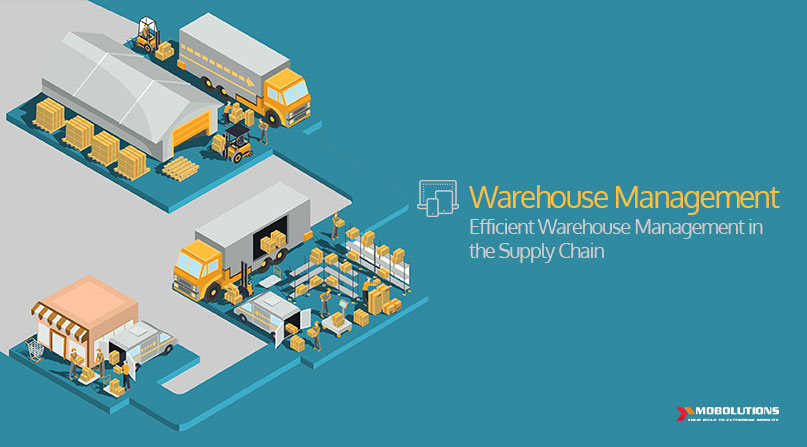Warehousing plays an important role in the supply chain process. When business is thriving, companies need to move their products quickly to meet market demands. And when sales are sluggish, you need to be adaptable enough to keep costs low. The efficient management of the supply chain process is a warehouse management function.
Some of the pain areas you might experience in your warehouse are:
1. Keeping abundant paper work
Smaller warehouses consider themselves to be a quick ‘pick and pack’business, with no need for technology as an additional expense. While it does seem simple at first, it might slow down processes, cause delays in the long run, and lead to lost documents and missing stock.
2. Holding on to excessive stock
Though lean practices are often preached, holding on to large quantities of old stock is a common practice in warehouses. Wholesalers particularly purchase huge amounts of stock to make use of bulk discounts, which leads to an abundance of unsaleable inventory. By keeping inventory levels leaner, there is less money tied up as capital; which results in a much stronger cash flow.
3. Optimized picking paths
This may seem like a relatively simple aspect, but having no proper picking path leads to huge labor costs as packers have to travel more distances. This impacts supply chain cycle time to a great extent.
4. Health and safety management
Even a well-kept warehouse isn’t necessarily safe. A health and safety management office within the warehouse should be capable of spotting hidden hazards, along with the more obvious risks.
5. Housekeeping
Discarded boxes, paper covers, and plastic wraps along the aisle may leave a very messy warehouse indeed. Not only does this obstruct the movement of goods and people at the warehouse, it is also a safety risk. During busy warehouse shifts, it is best to allocate some time to tidy the aisles, to leave it free of clutter for the next shift.
6. Keeping track of goods through the distribution network
Knowing where your goods are at any point in the distribution network, you can locate and be accountable for potential risk and waste. Managing risks involves logistics; a risk management system and financial planning establishes consistency and limits vulnerability in operations.
7. Goods receipt
Process warehousing does tend to have a laid-back get the goods and sign the papers’outlook. In reality, the goods intake processes can be quite specialized and may need to train personnel to do the job. For instance, the use of the software applications and systems in place within the warehouse.
There are certain processes within SAP Warehouse Management that can help you streamline functions within the warehouse.
SAP Warehouse Management Functions:
- Map all the storage facilities in the warehouse management system, such as high rack storage areas, bulk storage or fixed storage bins, and manage material stocks at storage bin level.
- Monitor goods movement processes, such as goods receipt, goods issue, stock transfer, and so on. The SAP Warehouse Management system also manages automatic replenishment, stock differences in the warehouse, and identifies the potentially hazardous material.
- SAP Warehouse Management makes use of barcode scanners and radio frequency connections that interact directly with the machines and SAP systems. This supports in planning, monitoring, and optimizing work processes in real-time, as well as providing a foresighted view.
- The system is capable of managing inventory at the storage bin level, regulating put away processes, and simplifies the search for appropriate storage bins. Any comments or questions on efficient warehousing? Drop them below and we’ll get back.
